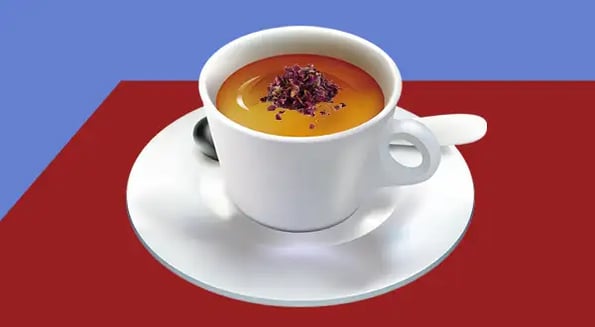Darjeeling — a region famous for producing “the champagne of teas” — is struggling to keep its business brewing after 150 years of aggressive colonial and post-colonial cultivation.

But on the flipside of the leaf, The New York Times reports that the tea business in neighboring Nepal is finally beginning to boil
The bitter business behind Darjeeling’s dynasty
Darjeeling’s tea trade was, quite literally, uprooted from Chinese soil: In 1848, the British East India Company hired a Scottish botanist to smuggle live tea bushes from China into India.
British colonists then built 87 tea gardens and recruited cheap local labor to run them, transforming remote Darjeeling into an economic powerhouse that now produces 10m kg of top-shelf tea annually — a crop worth $503m.
Britain’s big brewing business came at a steep cost
A century and a half of exploitative business is finally pushing Darjeeling’s land and laborers to their boiling points.
In recent years, labor strikes protesting low wages have caused supply shortages, and soil erosion has also led to crop losses. On top of it all, counterfeiting is out of control — there’s 3x as much counterfeit Darjeeling tea on the global market as real Darjeeling tea.
Now, as Darjeeling’s tea gardens struggle with supply shortages, a new tea trade is blossoming nearby.
Nepal turns over a new leaf
Just 150 miles away from Darjeeling, Nepali teas that were once seen as mere substitutes for the Big D are becoming popular on their own.
Unlike Darjeeling’s tea gardens (which have privately controlled the production and processing of tea since the British monarchy ran the show), Nepali tea is often grown at small, independent farms and then sold — enabling more local farmers to profit.
In the US, specialty tea-mongers — including Nepal Tea in New Jersey and Nepali Tea Traders in Massachusetts — have begun importing Nepali teas in a further effort to build out the Nepali brand.

